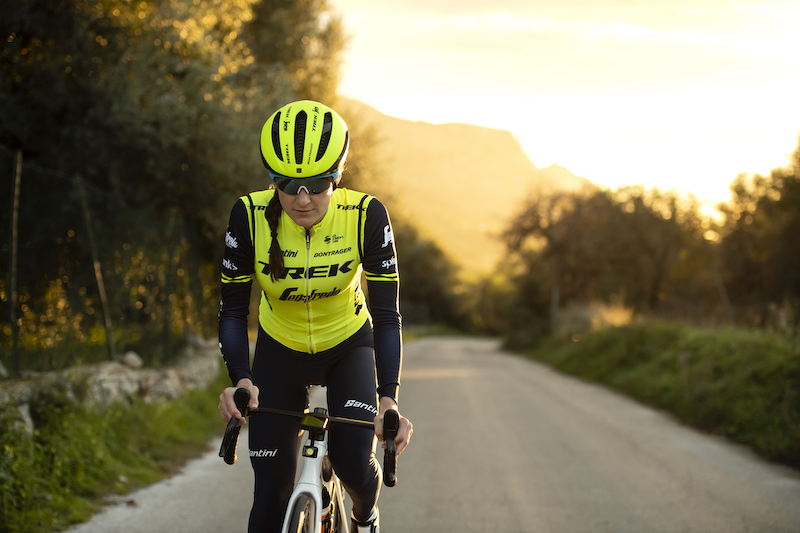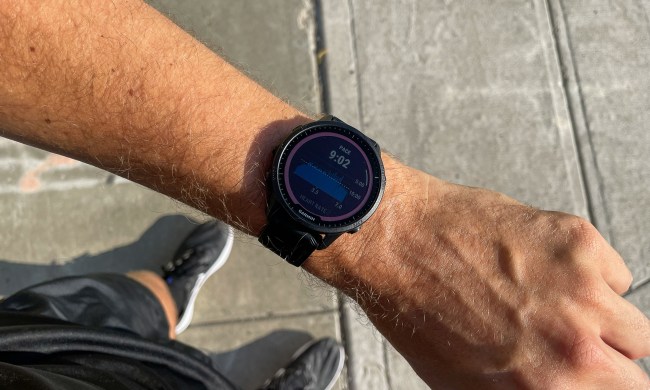
Last month, Trek and Bontrager unveiled a line of new cycling helmets that are reportedly a significant upgrade in terms of safety. In fact, according to Trek the helmets are 48 times more effective at preventing concussions as compared to traditional models using EPS foam to provide protection. These improvements come courtesy of a new technology known as WaveCel, which is said to be highly effective at absorbing and redirecting the energy that is created as a result of an impact.
It didn’t take long for competitors to begin calling Trek’s bold claims into question, however, with two companies that make competing helmet technology seemingly unimpressed. Both MIPS and Koroyd have published their own thoughts on what WaveCel brings to the table, with both saying it isn’t a major upgrade over the tech that they’ve been using for some time.
MIPS, which stands for multi-directional impact protection system, offers similar performance as WaveCel. Both technologies are built to prevent serious damage to the brain that can occur not due to direct impact, but from the rotational motion that comes with angled impacts. The difference is, MIPS has been around for years and is licensed for use by a range of companies, including Trek itself.

Naturally, the designers at MIPS have a vested interest in responding to any competitor that could offer dramatically improved performance over their own technology. According to the company however, that isn’t the case when it comes to WaveCel. An article posted to the MIPS website indicates that their researchers were unable to replicate the claims that Trek has made about its new technology and its ability to reduce the chances of a rider suffering a concussion in a crash to just 1.2%.
MIPS CEO Johan Thiel admits that further testing will be necessary to determine just how effective WaveCel is. In the article, he is quoted as saying, “We are a company of scientists, so we’re approaching this in the spirit of collaboration inherent to scientific research. If together, we can make cycling safer for riders, then we will have honored our mission to make the safest helmets possible.”

Koroyd, which makes yet another proprietary helmet technology, was less diplomatic with its assessment of WaveCel. The company posted an article to its website entitled “Carried Away by a Wave of Hype?” which lets readers know exactly where it stands. That story presents Koroyd’s case for why its own safety system is better for cyclists than Trek’s new offering, stressing its use of circular tubes as shock absorbers over the honeycomb-like structure found in WaveCel.
The article goes on to point out that the dangers of rotational injuries due to impact are still not addressed by the international standards that govern head protection, making it difficult to assess the effectiveness of WaveCel or even MIPS for that matter. Instead, Koroyd focuses on reducing what it calls linear acceleration, which is what happens when a rider’s head decelerates and suddenly comes to a stop, while his or her brain continues moving. When this happens, the impact between the head and brain can cause serious damage, which is something that Koroyd’s protection system is designed to prevent.
To be fair, when Trek and Bontrager announced WaveCel they compared its effectiveness to standard EPS foam and not MIPS or Koroyd directly. EPS foam is the least expensive and most common form of protective material used in helmets, and while it does provide a measure of protection, it doesn’t perform on the same level as MIPS, Koroyd, or presumably WaveCel.
It should also be pointed out that Trek’s new helmets have earned a five star stamp of approval from the Virginia Tech University helmet rating system. In fact, two of Bontrager’s WaveCel helmets are now ranked number one and number three on the list, with a Bontrager MIPS option sandwiched in between.
The bottom line is, WaveCel may not be the gigantic leap forward that Trek’s marketing spin has placed on it, but it is another alternative for riders looking to remain safe out on the road. That’s a good thing for cyclists, no matter which of these helmet protection systems they use.


